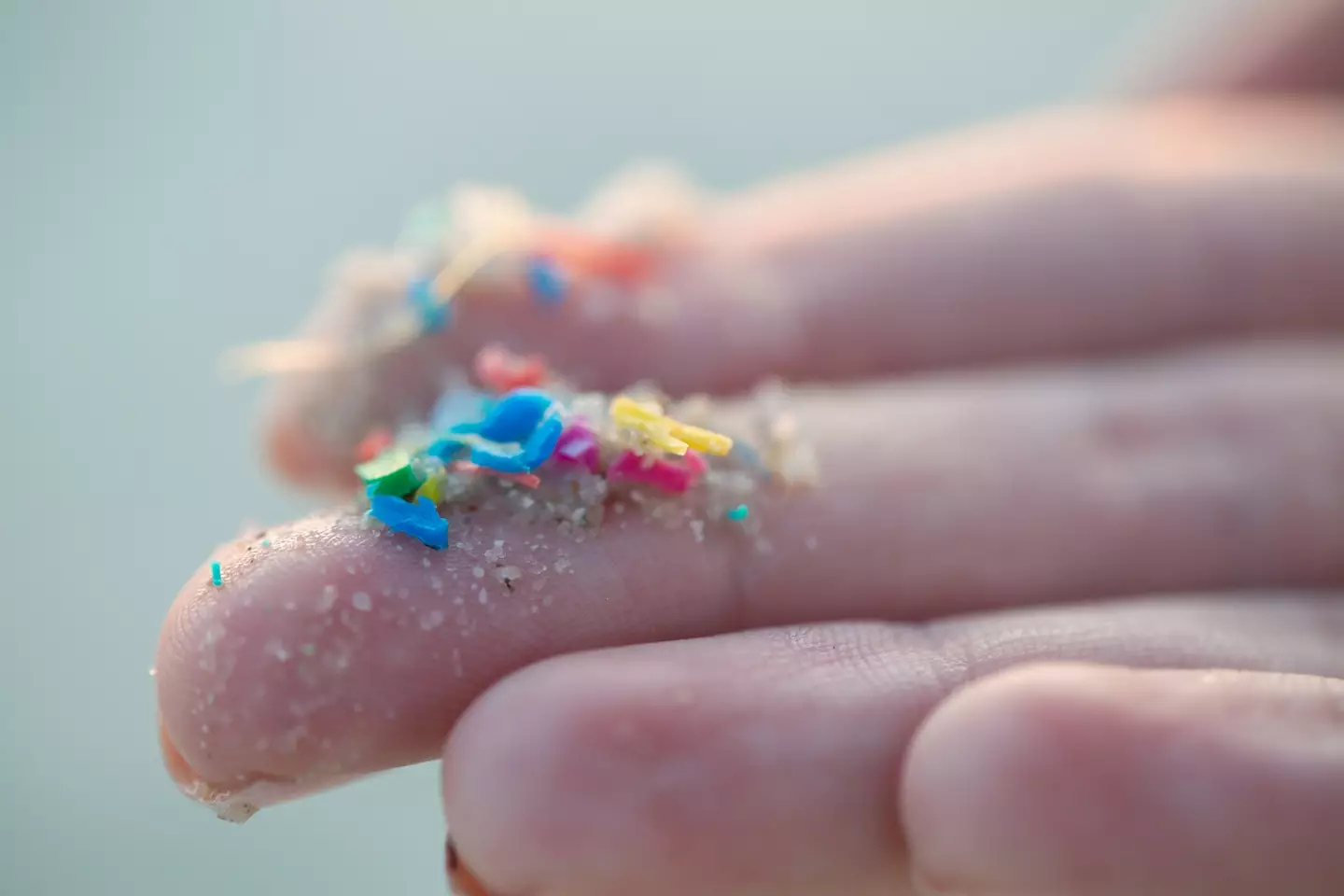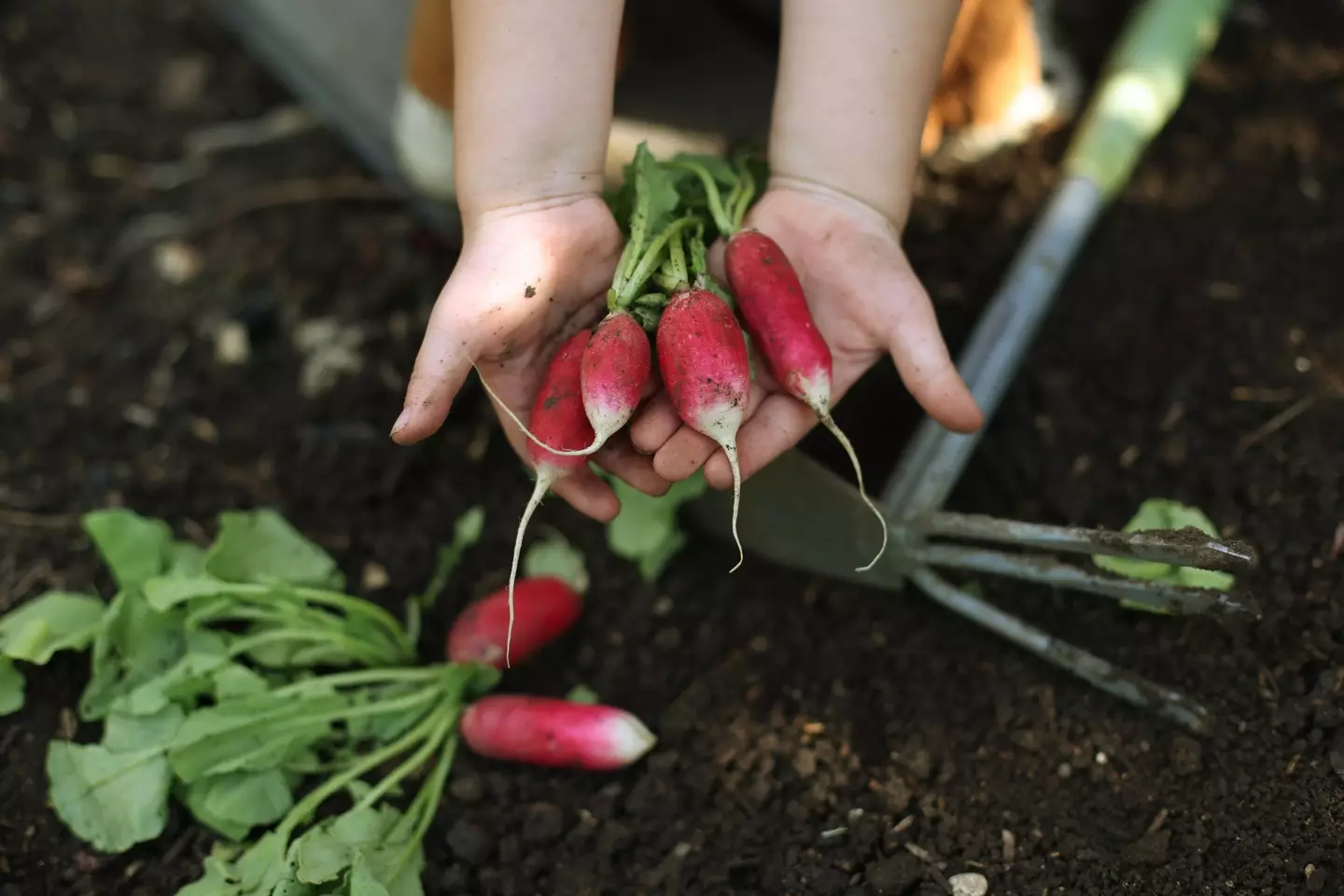
Microplastics, tiny plastic fragments measuring less than 5 millimetres, are now nearly everywhere, making them pretty unavoidable.
They're in everything from water to air and typically find their way inside the human body, with some studies even finding them inside brains, lungs and stomachs.
We all know that microplastics are something we should be actively avoiding in our food, and for the most part we know which culprits are the worst for it - the likes of nonstick pans, cutting boards, sponges or plastic bottles are all thought to be common offenders.
But there are also some unexpected ones to look out for - including, it turns out, everyday vegetables.
Advert

New research from the scientists at the University of Plymouth in the journal Environmental Research has found them in a number of vegetables. The study explained how micro- and nanoplastics get into crops via the Casparian strip, which then gets into the food that we eat.
As part of their study, the team used radishes and exposed them to nanoplastics for five days, with their 'non-fleshy roots in contact' with them, and the scientists then measured the buildup of microplastics in the vegetables.
By the end of the experiment, the team found that nearly 5 percent of nanoplastic particles had entered the plant through its roots, and a quarter of those had made their way into the edible part that is consumed.
Advert
The study's lead author Dr Nathaniel Clark told Earth.com: "Plants have a layer within their roots called the Casparian strip, which should act as a form of filter against particles, many of which can be harmful.
"This is the first time a study has demonstrated nanoplastic particles could get beyond that barrier, with the potential for them to accumulate within plants and be passed on to anything that consumes them."

His colleague, Professor Richard Thompson pointed out that this shouldn't be surprising, adding: "after all, in all our previous work we have found microplastic pollution everywhere we have looked for it."
Advert
However, he also said that this study provides 'clear evidence that particles in the environment can accumulate not only in seafood but also in vegetables'.
Studies into the effects of microplastics in our diet are still ongoing, with findings considered to be relatively new, yet the early signs are that they are damaging to health.
Dr Nicholas Dragolea, a London-based physician, previously told Delish that microplastics 'can increase inflammation in regions of the body where [they] are lodged, leading to potential health consequences'.
That could mean problems with fertility, heart health or even a higher risk of cancer, depending on where they settle in the body.
